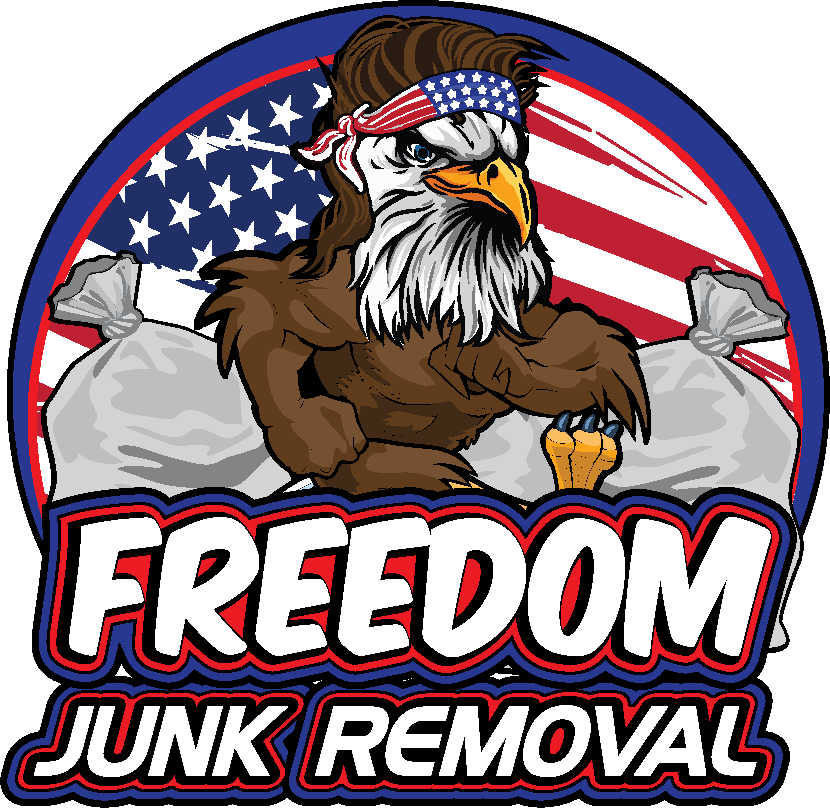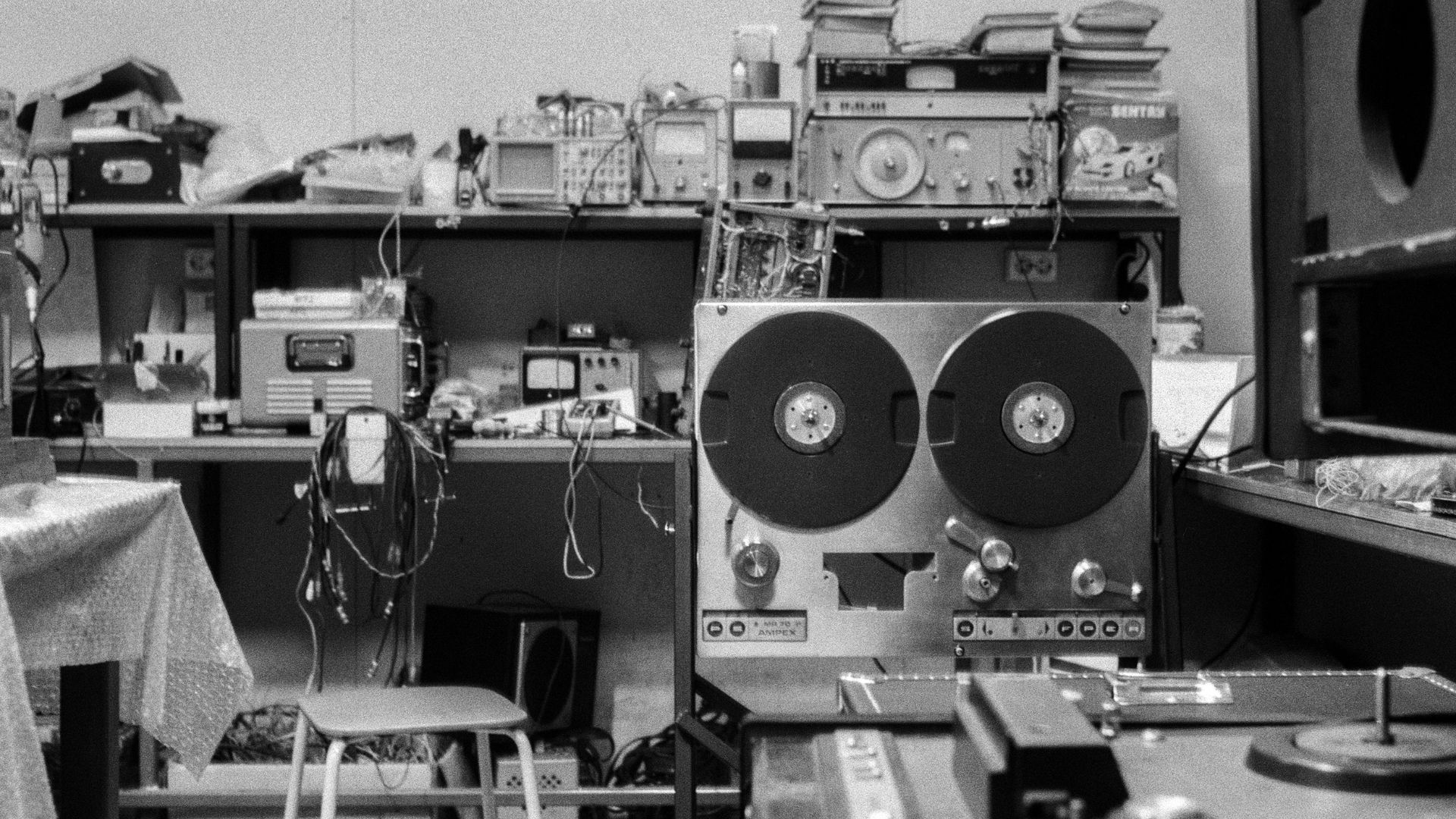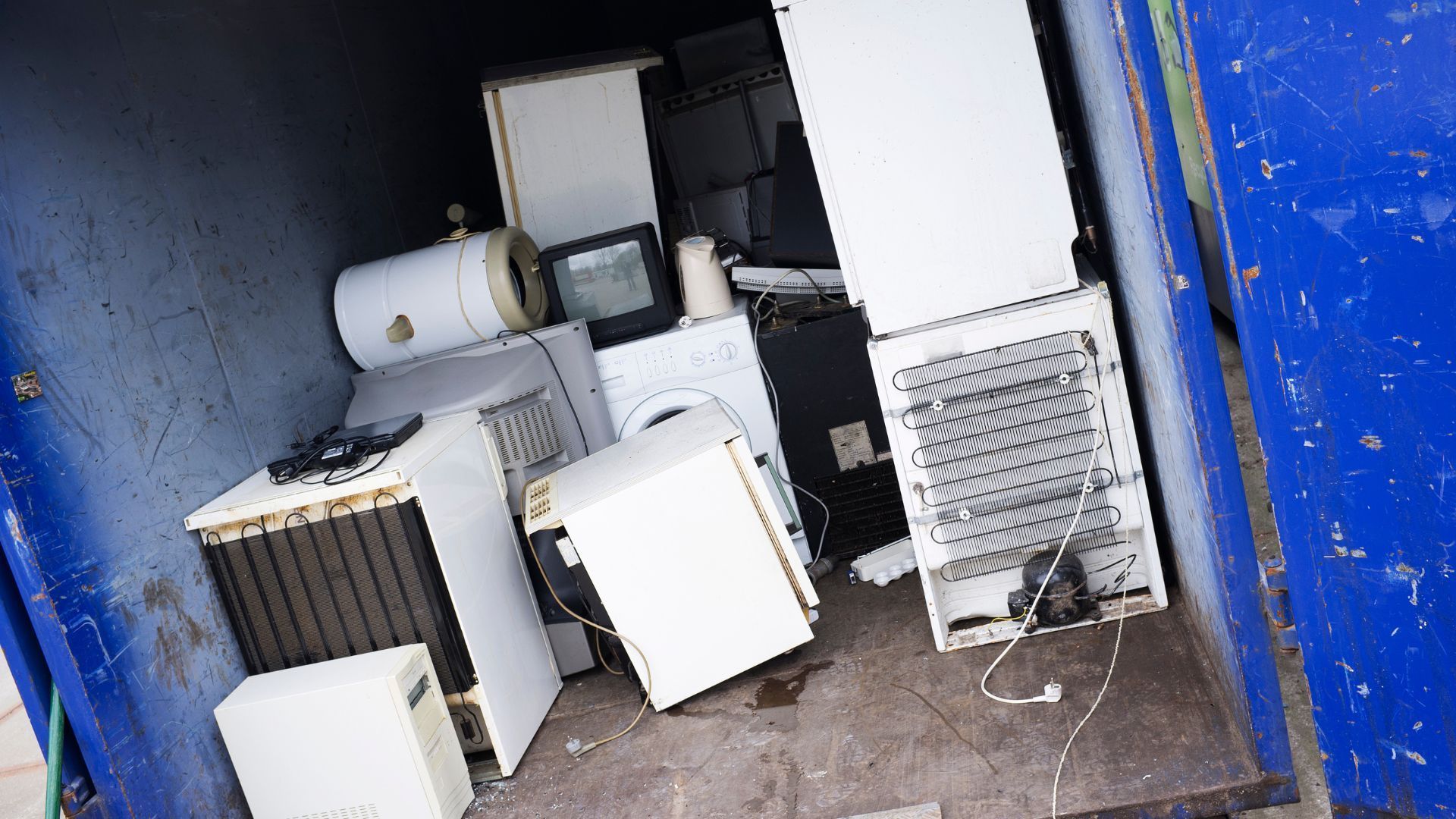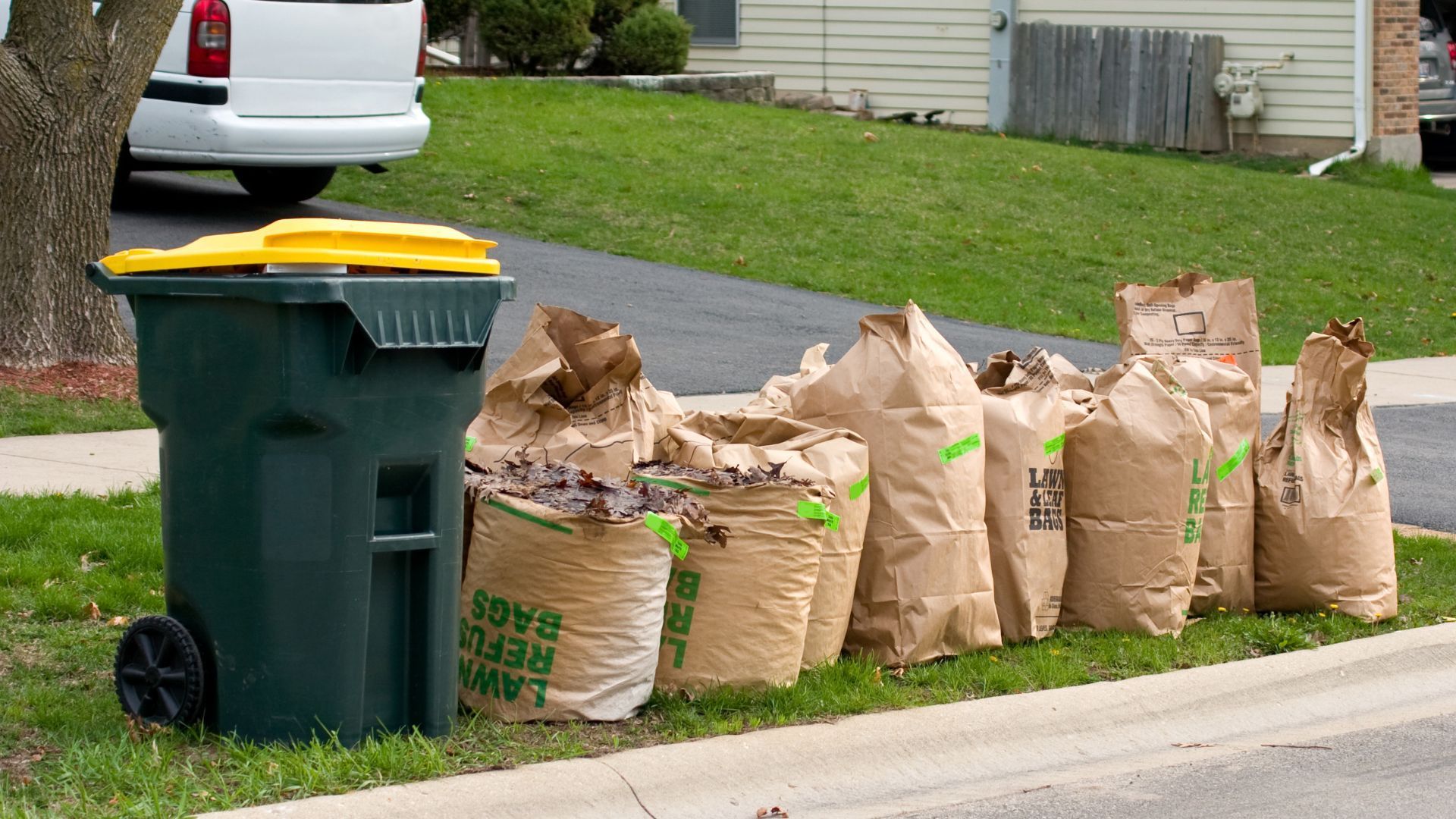Hoarder Cleanout: How to Tackle the Emotional and Physical Challenges
Hoarding is a challenge that extends far beyond cluttered spaces. It intertwines physical mess with emotional weight, creating an environment that feels overwhelming and, at times, impossible to navigate. Tackling a hoarder cleanout is not merely about disposal—it’s a journey of confronting attachment, making decisions under pressure, and rediscovering functionality within your home. Understanding both the emotional and physical challenges involved is crucial for a safe and effective process.
Professional assistance can make the difference between a chaotic ordeal and a structured, manageable process. Experts bring both tools and experience, helping ensure items are handled safely, efficiently, and responsibly. Additionally, they can provide guidance on recycling, donation, or proper disposal, minimizing environmental impact. With the right approach, even the most overwhelming spaces can be transformed, offering renewed clarity and comfort.
Understanding Emotional Attachments
Hoarded items often carry deep personal meaning, making decisions about what to discard an emotional endeavor. Letting go can trigger feelings of guilt, anxiety, or even grief, complicating the physical task of cleaning. Acknowledging these emotions as valid is crucial to preventing burnout or resistance during the process. Approaching the cleanout with empathy—both for yourself and others involved—helps maintain perspective. This mindful consideration allows for deliberate choices about what truly matters versus what has become excess.
Additionally, understanding attachment patterns can prevent impulsive decisions that might later lead to regret. Taking time to reflect on the purpose and value of each item encourages thoughtful removal. Strategies like sorting into categories—keep, donate, recycle, discard—help streamline the process while mitigating emotional strain. Seeking professional guidance provides extra support, offering a neutral perspective and practical solutions.
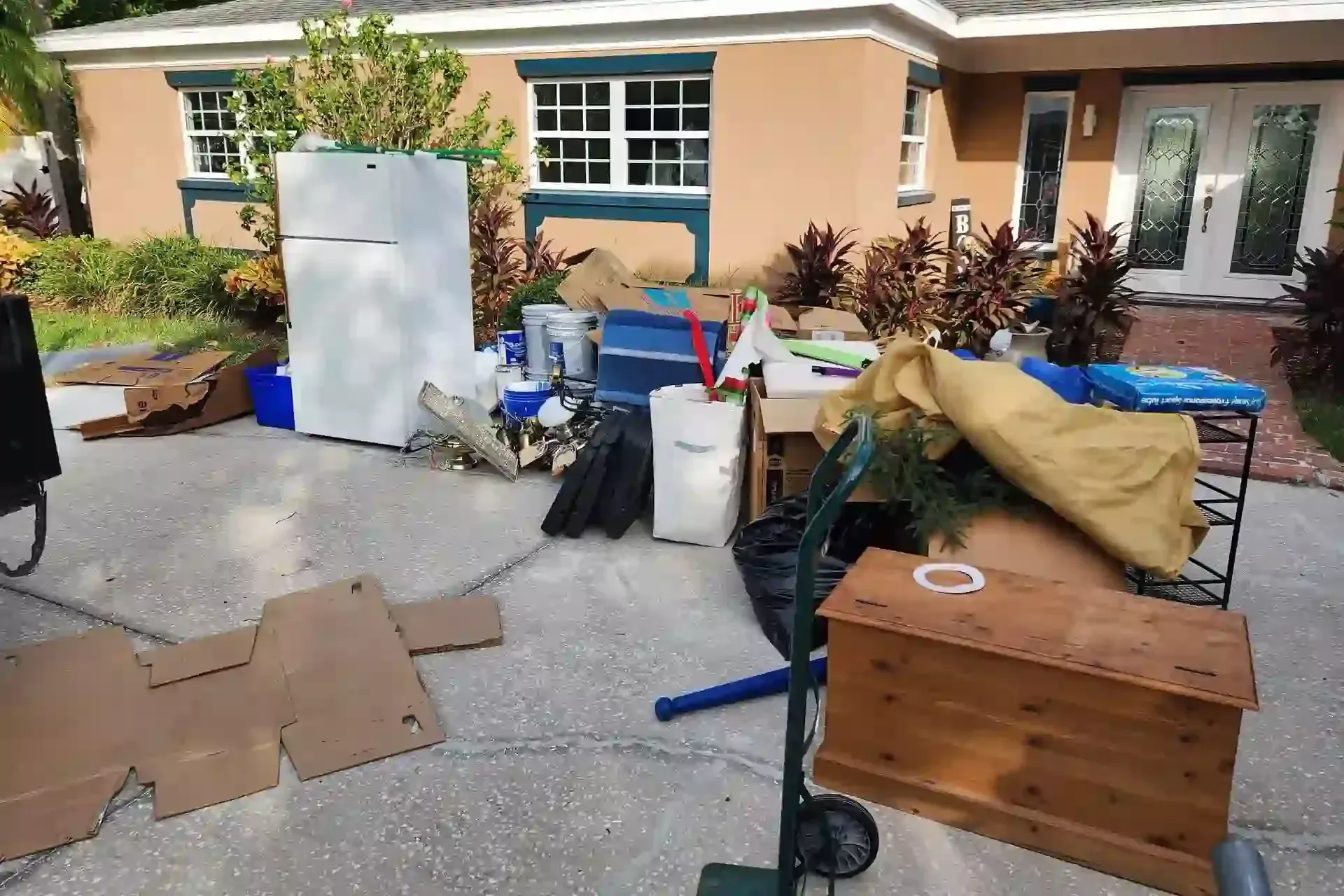
Assessing the Physical Space
A cluttered environment poses physical risks, including tripping hazards, obstructed exits, and unsanitary conditions. Carefully assessing the space before beginning allows for safer planning. Identifying heavy items, fragile objects, and areas that require extra caution ensures that the cleanout proceeds smoothly. Mapping out zones for sorting items and designating temporary storage areas helps maintain order amid the chaos. This preparation prevents accidents, protects belongings, and minimizes stress during the removal process.
Inspection also reveals items that may require specialized handling, such as electronics, chemicals, or sharp tools. Taking note of these hazards beforehand enables proper equipment and protective measures. Breaking down the space into manageable sections prevents overwhelm and supports progress in measurable steps. A clear assessment allows for prioritization, addressing critical areas first, and ensuring that high-risk zones are secured. Combining foresight with careful execution ensures both safety and effectiveness.
Creating a Plan of Action
A successful hoarder cleanout depends on a structured plan that balances time, resources, and emotional pacing. Establishing clear goals—such as specific areas to clear each day—prevents fatigue and maintains momentum. Preparing supplies like bins, labels, gloves, and cleaning tools ensures readiness. Dividing the project into phases allows the process to feel manageable rather than overwhelming, and provides opportunities for reassessment at each stage.
Setting realistic timelines further enhances the effectiveness of the plan. Allocating ample time for sorting, cleaning, and decision-making prevents rushed choices that might lead to regret. Incorporating breaks and self-care practices helps manage stress and maintain focus. Professional involvement can complement personal planning, offering logistical support and expertise. By combining structured strategy with adaptability, the cleanout becomes an achievable endeavor. A well-conceived plan transforms an intimidating task into a methodical process, ensuring both safety and satisfaction.
Sorting and Categorizing Belongings
Dividing items into categories such as keep, donate, recycle, or discard creates clarity and reduces decision fatigue. This system provides a visual representation of progress and highlights areas needing attention. Starting with less emotionally charged items can build momentum, making it easier to tackle more sentimental possessions later. Labels, color-coded bins, and clear pathways support efficiency and organization. Categorization also helps determine the appropriate disposal method for different items, ensuring responsible handling.
Moreover, categorizing encourages thoughtful evaluation of each item’s purpose, condition, and sentimental value. Recognizing which belongings serve practical or emotional needs prevents unnecessary accumulation while preserving meaningful items. Grouping items logically supports future accessibility and avoids repeating cluttering patterns. Professionals can provide guidance on prioritizing and processing items efficiently, minimizing overwhelm. This process not only restores order but also reinforces healthy habits for maintaining a clutter-free environment.
Managing Emotional Resistance
Resistance is a natural part of hoarder cleanouts, often manifesting as procrastination, anxiety, or reluctance to part with possessions. Acknowledging this resistance without judgment allows individuals to work through it constructively. Emotional support, whether from friends, family, or professionals, provides reassurance and motivation. Techniques like visualization, goal setting, and positive reinforcement can ease the psychological burden of letting go. Breaking decisions into small, manageable steps prevents overwhelm and promotes a sense of achievement.
In addition, creating a supportive environment encourages open communication and shared responsibility. Validating feelings while maintaining focus on the end goal helps balance emotion and action. Professionals can mediate conflicts, offer practical strategies, and reduce emotional tension, facilitating cooperation and trust. Integrating mindfulness or stress-relief practices further supports resilience. By addressing emotional resistance thoughtfully, the cleanout process becomes sustainable, empowering individuals to regain control of their space without compromising emotional well-being.
Safe Removal of Hazardous Items
Hoarded spaces often contain items that pose health or safety risks, including broken glass, chemicals, sharp objects, and unsanitary materials. Identifying these hazards early prevents accidents and protects all participants. Wearing protective gear, using appropriate tools, and adhering to safety protocols are essential. Hazardous items require careful handling and, in many cases, specialized disposal methods to comply with local regulations. By addressing these items systematically, the risk of injury is minimized, and the cleanout remains safe and controlled.
Proper disposal also contributes to environmental responsibility. Items that cannot be reused or recycled must be discarded safely to prevent contamination or pollution. Professionals bring expertise in managing and transporting hazardous materials efficiently, reducing stress and liability. Segregating hazardous items from general clutter streamlines the overall process and safeguards both people and property. Safety-conscious strategies complement emotional and logistical considerations, ensuring a comprehensive approach.
Cleaning and Sanitizing the Space
Once clutter is removed, a thorough cleaning and sanitization step restores safety and hygiene. Dust, mold, and accumulated debris can pose health risks if left untreated. Using disinfectants, proper ventilation, and specialized cleaning tools ensures a thorough and effective process. This step also provides an opportunity to repair minor damage, assess structural integrity, and prepare the space for functional use. A sanitized environment supports both physical well-being and psychological comfort, reinforcing the sense of accomplishment that comes from completing the cleanout. Clean, organized spaces reduce stress and encourage ongoing maintenance.
Regular cleaning during the process also prevents the spread of pests and eliminates hidden allergens. Repeated inspections and targeted cleaning of corners, hidden areas, and storage containers enhance the effectiveness of the cleanout. Professional teams bring equipment and techniques that improve efficiency while minimizing personal strain. Establishing cleanliness as part of the workflow sets a precedent for maintaining order after the initial cleanout. By combining removal, organization, and sanitation, the process addresses both visible and hidden hazards.
Maintaining Progress and Preventing Relapse
Sustaining a clutter-free environment after a hoarder cleanout requires ongoing effort and vigilance. Establishing organizational routines, storage solutions, and consistent decluttering habits prevents accumulation from returning. Reviewing items periodically and setting limits on new possessions maintains the integrity of the cleaned space. Engaging support systems or professional check-ins can reinforce positive habits and provide accountability. By maintaining momentum and staying mindful of emotional triggers, individuals can prevent relapse and preserve both physical order and mental clarity. Long-term success depends on balancing discipline with compassion, ensuring that the home remains functional and stress-free over time.
Ongoing organization also empowers individuals to reclaim control and confidence in their environment. Structured systems, such as labeled storage bins, designated donation areas, and scheduled cleanout sessions, support sustainability. Reflection on the benefits of a clutter-free home reinforces motivation to maintain progress. Professionals can offer periodic maintenance services or guidance on optimizing storage efficiency, reducing the likelihood of recurring hoarding behaviors. Through proactive strategies, commitment, and mindful awareness, the cleaned space continues to serve its purpose. The home evolves into a sanctuary of order, safety, and clarity, supporting a healthier, more balanced lifestyle for all occupants.
Knowing When to Seek Professional Help
Recognizing the limits of personal capacity is key to a successful hoarder cleanout. When physical hazards, emotional intensity, or sheer volume become overwhelming, professional assistance ensures safety, efficiency, and sustainability. Experts provide tools, manpower, and experience that simplify complex projects, reducing stress and preventing setbacks. They can also advise on recycling, donation, or proper disposal, ensuring that items are handled responsibly. Seeking help is not a sign of weakness but a proactive step that enhances results. Professional involvement guarantees a thorough, organized, and safe process that respects both physical and emotional considerations.
Professional support also offers an objective perspective on decision-making, helping prioritize what truly matters. Trained teams can navigate sensitive situations with empathy and discretion, maintaining dignity and minimizing conflict. Leveraging expertise allows for more efficient handling of both standard and unusual items, including hazardous or bulky materials. With professionals guiding the process, homeowners can focus on emotional readiness while ensuring practical execution. This partnership facilitates a smoother transition, creating a safer, cleaner, and more organized home. Understanding when to delegate responsibilities maximizes success, turning a daunting challenge into a manageable, transformative experience.
Conclusion
Hoarder cleanouts involve more than physical removal—they are a journey of confronting emotions, hazards, and organizational challenges. With careful planning, emotional awareness, and professional support, even the most cluttered spaces can be transformed into safe, functional, and welcoming environments.
Freedom Junk Removal in Pinellas Park, FL, provides expert hoarder cleanout services designed to handle all aspects of the process efficiently and responsibly. Contact them at (727) 295-2143 or info@freedomjunkremoval.net to schedule a consultation and reclaim your space with a compassionate, thorough approach.
